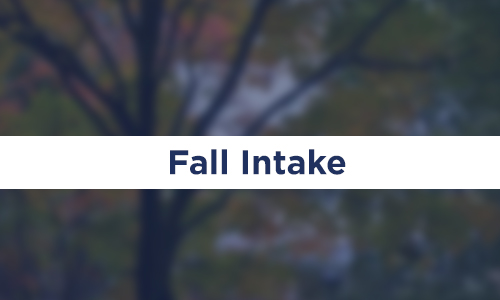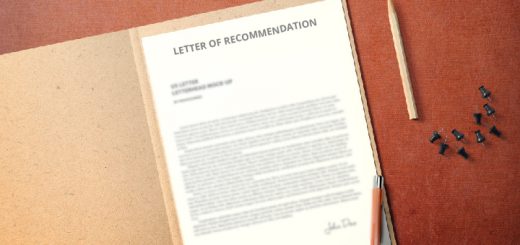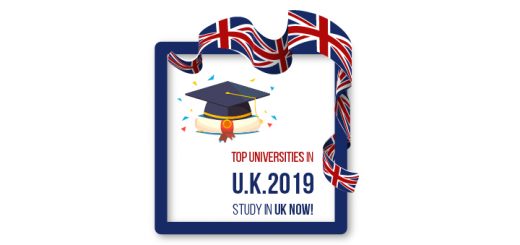When to start GRE Prep if targeting Fall?

Ultimate Guide for GRE Preparation
Download the eBook now!Hi, you are targeting the Fall intake, but are confused as to when should you start your GRE Preparation. Your seniors would tell you that it takes roughly 3-6 months to prepare for the GRE, whereas your friends or colleagues will tell you that it can be tackled in just a month’s time. So the question is whom should you listen to? Well, rest assured, you are in the right place. The Internet has been like this for a few years now. You start with your browser in search of answers but end up with more questions than before. It does not have to be like that.
Let us put your swirling doubts and thoughts to rest.
GRE Exam in itself is like a journey. A journey that takes you to the specific University of your dreams. It is a difficult journey since it has no direct buses or trains to take you from the starting point to the ending point.

There are but connecting buses where you get down from one and ride another to reach your destination.
- But will you be able to reach your destination if you don’t know the bus timings?
- If you don’t know how much time each bus journey takes, will you be able to plan the successive journey?
- If due to traffic your bus takes more time than it should, will it not risk your chances of catching the next bus?
Without meticulous planning, it might get very difficult to catch all the buses, at the right time.
YOUR, DESTINATION?
Why get on a bus if you don’t know where you want to get down.
Is your target fall intake? Then let’s start by understanding what Fall is about?
For major courses and universities abroad, admission intakes happen twice a year. This happens to regulate the number of students that join a specific university at a given period of time. Your targeted Fall semester is the start of the academic year in the US.
Targeting Fall Semester starts from late August (or early September) and the deadlines span till March & mid April.
But why is it that if you target fall intake, the chances are better?
- What universities to target in Fall?
Top universities like MIT, Stanford & Harvard only have fall intakes. Starting your GRE Prep is the first step towards securing top admits. The topmost colleges in the US for that matter don’t have any other intake other than fall intake. Hence, if you are aiming at these universities then you must target fall.
- How many admissions if you target Fall?
Universities have a specific quota for accepting students who target fall intake. It is much higher in the Fall semester. The more the number of intakes the better the chances to secure an admit. MIT accepted 3,516 graduates for MS courses in Fall 2018. Therefore, for a better acceptance rate, you can target fall.
- Which courses are offered?
There are more courses offered in the fall semester. Also, most of the courses are the prerequisites to the courses offered in the other semesters. For example, if you want to join the advanced mechanics class next semester you will need to join the basic mechanics class in the fall semester. So if you are looking for a varied range of courses, you can target fall.
- Teaching/Research Assistantships (TAs, RAs)
All universities give MS students the opportunity to support themselves financially by providing in-campus jobs like assistantships. The chances of securing assistantships are significantly higher in the fall semester. Because the assistantships that were offered to senior students pass out and the vacancies reopen, ripe for the taking. Chances of earning these assistantships are higher if you target fall.
- What are the Internship/Job offers?
Internships and job opportunities are also higher for students who apply in the fall semester. This is because they have completed more semesters before placements which come up at the end of the second year. Therefore, there are more opportunities if you target fall.
Now that we know about the Fall semester, we can start planning about your journey.
YOUR JOURNEY STARTS
This journey will have the following steps:
- Taking your GRE at the right time.
- Collecting documents required for applications.
- Submission before the deadline.
Deadline is the final bus you need to catch. What is the timing for this bus?
Let us find out.
APPLICATION DEADLINES
Bus 3: Leaves by December…
Applications start coming out late August to Mid September. The exact date changes year to year. Also, there are regular admissions and priority deadlines.
Priority deadlines have a higher chance of acquiring both admissions and scholarships. Many state and public universities use priority deadlines to encourage early applications. But submitting priority application requires you to finish your application early. For example, The University of Maryland has a November 1 Priority Deadline.
The Application deadlines for the major Universities are as follows for the month of December. You can download an updated list of universities using this link.
(Note these data are subjected to change every year):

The data makes it clear that you have to finish up with the applications latest by December. But if at all you have missed the December deadlines, there deadlines available in Jan-Feb.
But what are the things you need for successfully completing your application?
DOCUMENTATION FOR APPLICATIONS
Bus 2: Leaves by November…
There are a few documents that you need before you fill in your application.
Statement of Purpose is an essay written as part of your application package to universities abroad. A well-written SOP must be a description of who you are as a person as well as your academic and extra-curricular profile, providing a detailed glimpse into your past achievements, skills, aspirations, and goals for the future. A good SOP should leave a mark and make it unique from the ten thousand SOPs that the college receives.
Without a perfect draft for your SOP securing admissions can be an impossible job. Devoting the maximum possible time on your SOP is advised.
2. LORs (Letter of recommendation)
Letter of Recommendation is an independent appraisal of your character and competency by teachers or managers who have known you personally. To put it succinctly, a LOR is essentially a review of your potential, academic talent and dedication to your discipline, and as such, is key to making your study abroad dreams a reality.
3. Academic transcripts
Academic transcripts are basically your consolidated mark sheets and all educational qualification proof that you will be attaching with your application.
Along with these three documents, there are additional documents like CV, essays, attested copies and proofs that a specific university can ask for.
You also need to be prepared with your IELTS/TOEFL scores. These are mandatory tests for applicants who hail from a non-English speaking country to test their English proficiency. Some universities like Caltech can also test the applicant’s English speaking proficiency personally once they join the college.
Apart from that, you would obviously need your GRE scores.
BIG TRAFFIC CONGESTION!
Maximum time is taken in the documentation.
Now thousand, rather more than a thousand of SOPs are sent everyday to most of the colleges during the application process. What makes your SOP stand out? How much time does it take to draft that perfect SOP that leaves a mark? Similarly for LORs. How much time till you get that perfect LOR from your busy professors or managers? Surely they will have a lot more things to do apart from your LOR.
It is advised to allocate 1-2 months for collecting and consolidating all these documents. These documents have a heavy influence on your future and prospective admits. Also since LORs are not up to you, it can take a lot of time to acquire them from busy individuals like your professors and managers. Transcripts can also take a lot of time to come out. Hence it’s prudent to leave the maximum possible time to this process and take your GRE exam accordingly.
TAKING GRE EXAM
You need to catch the first bus i.e. take your GRE so that you do not miss the Fall deadlines,.
By looking at the other bus timings we can conclude that taking the GRE at around September to October is preferable.
But what if by some chance you miss the Bus 1?
Also if you target fall priority deadlines then obviously you need to scale up your preparations and try to be as fast as possible in all cases. Priority deadlines get over by October-November. Keeping two months for documentation you would require to take your GRE by July-August.
Preparing for the journey

GRE preparation and University shortlisting.
Like any journey, lack of proper preparation can land you into a lot of trouble.
A lot of emphasis should be given on the planning stage.
Along with the preparation, you must also complete your university shortlisting. ETS (the organization that conducts the GRE exam) allows you to send your scores to four universities for free. Once you send your score to four universities an additional fee of $27 has to be paid to send the scores to other universities.
Select these four universities by deciding:
- What courses you want to target.
Not all universities have all the courses. Similarly, some universities are the best in providing maximum learning opportunities and research facilities for a certain course.
E.g. MIT is the best university for Chemical Engineering courses but Carnegie Mellon University (CMU) is best for Computer Science courses. University of California–Berkeley provides the best Civil Engineering courses. (Data according to the recent survey by USNews.com)
- What are the expectations of your preferred university?
As mentioned in the earlier segment of the blog, the GRE score expectations are non-homogenous and they differ for different universities. The expectations of your preferred university should be clear before you plan your GRE preparation regimen.
Once you know what is your predicted GRE score, you can estimate which universities provide more scope for successful admissions and your university shortlisting can become more realistic.
How many months does it take to prepare for a 330 score?
The best metric to answer that question is your own present capability.
- Take the free AdmitEDGE Score predictor test.
- Find out your own deficiencies and strengths.
- Plan ahead on how many months you might need to reach your target score.
If the score predictor test reveals that your present GRE capability is quite high and is of about 320 level then obviously 330 can be reached within just a month or two.
If the test reveals that the current competency level is lower than 300 then 330 can take 4-5 months of time.
There is no right time to prepare for the GRE exam. But the earlier you start the more options stay open to you. Not to mention that you save yourself a lot of hectic days before the deadline.
It is said that a work that has begun is already half done. The time to embark on the journey of your dreams has come.











1 Response
[…] exploring colleges. You should limit them down based on your field of interest and your normal GRE scores. Additionally, when you have an objective, you will in general perform […]